Best bonsai tree
Bonsai trees are one of the best plants for your home or office. We've put together a list of the best bonsai trees so you can start enjoying the benefits.
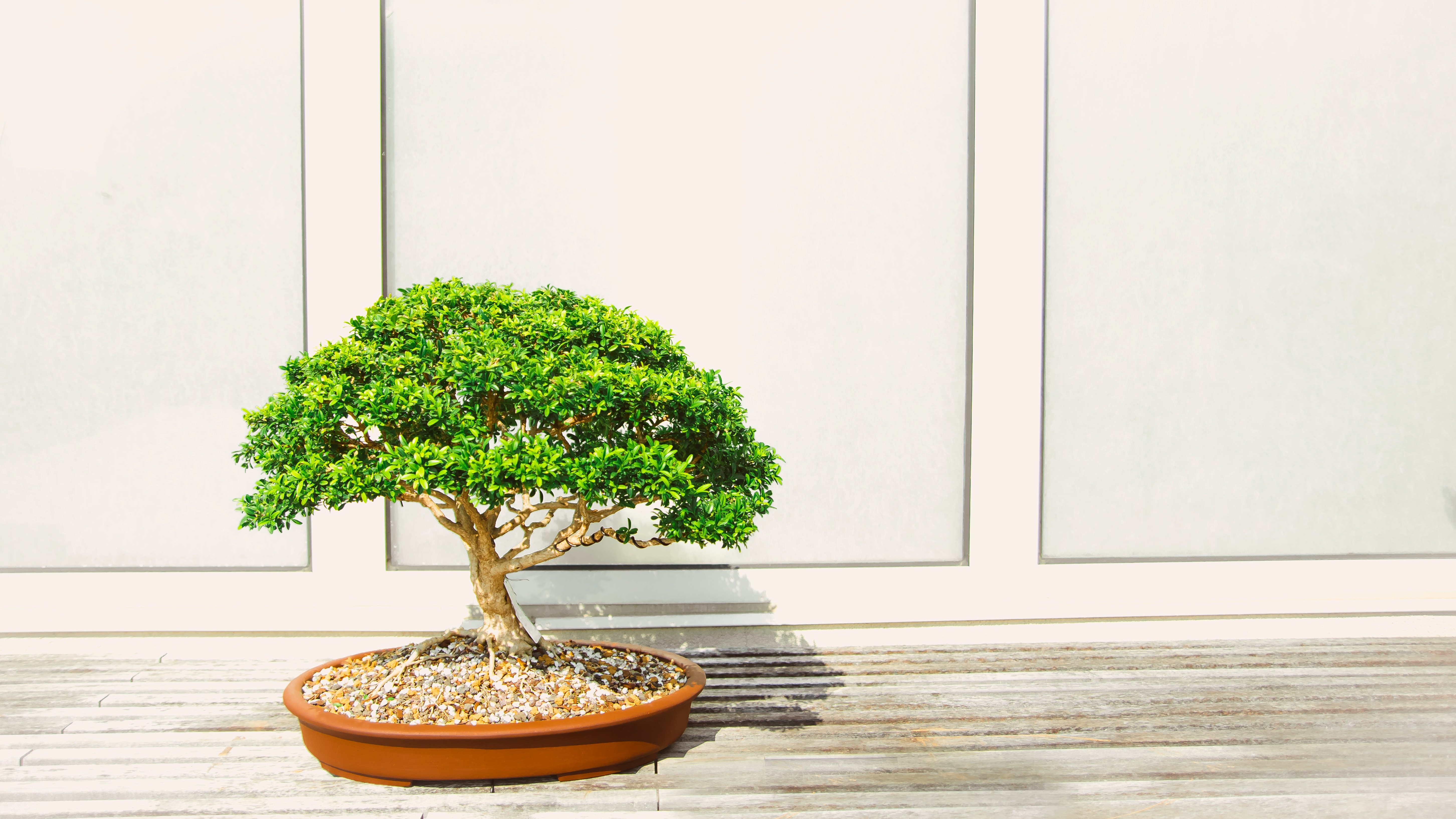
Bonsai trees are miniature trees with thick trunks and sparse foliage. Bonsai trees are grown specifically to be pruned, shaped and looked after. But bonsai trees are not only great to look at, but they also come with a whole host of health benefits. One significant advantage is that they are a great way to relieve stress. You've got to care for and look after your bonsai, and it can help put you in a relaxing state of mind. Plus, they can help purify the air, so they are a great choice for your home office. We've put together a pick of the best bonsai trees to help you find the right one for your home or office.
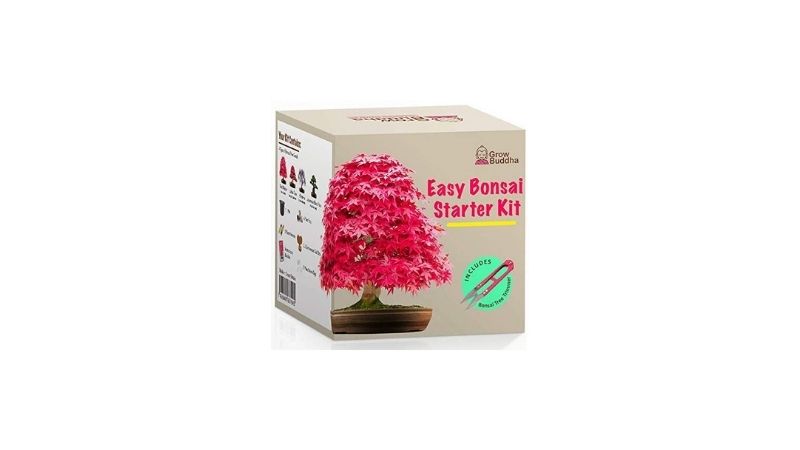
Grow your own bonsai kit
Suitable for beginners
There's nothing more satisfying than growing a plant from scratch. This is why we've chosen the grow your own bonsai kit as our top pick. Everything you need to grow four types of bonsai tree is all in this one box.
As well as the seeds, you'll also receive pots, soil, clippers, tags, and a link to an e-book. This kit is ideal for all enthusiasts, whether you're a beginner or expert. The four seeds included in this kit are Japanese red maple, wisteria, Japanese black pine, and a Judas tree. Unlike other kits, the grow your own bonsai kit has tried and tested the seeds, so you get high-quality goods.
This really is a kit that's ideal for all the family. From a 7-year-old to 70 years old, you are never too young or too old to grow your own bonsai.
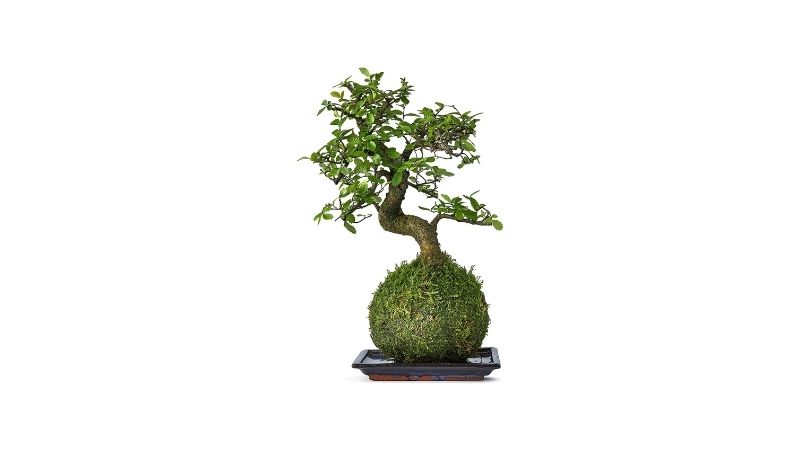
Kokedama bonsai tree
A beautiful addition to any decor
This beautiful bonsai tree is between 9 and 12 years old. It's fully grown and ready to be trained and pruned. This bonsai tree has the added extra moss ball on the base to have a unique look. It is a Kokedama bonsai tree that is around 25cm high.
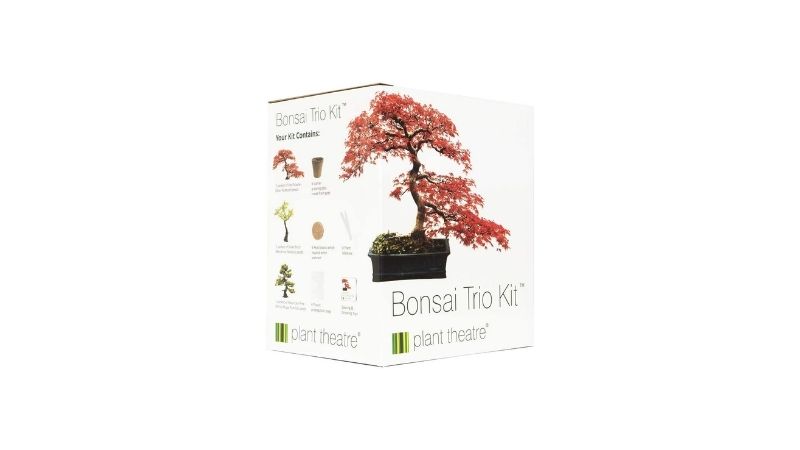
Plant theatre bonsai kit
Grow three bonsai from scratch
Grow your own trio of bonsai trees with this kit. The seeds are silver birch, red maple, and mountain pine. You get all the equipment needed in this box, including growing pots, plant markers, soil blocks, and propagator bags.
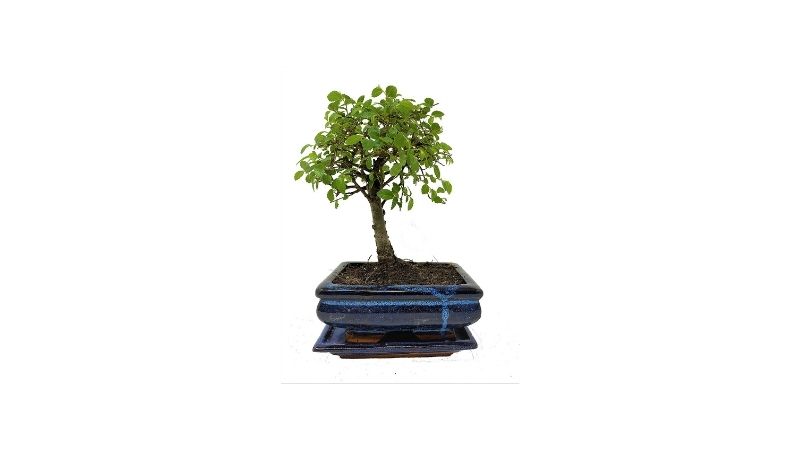
Bonsai2U Chinese Elm
Suitable for indoor or outdoor
This bonsai tree is suitable for indoors and outdoors. It has a beautiful matching ceramic drip tray. This is a Chinese elm, and each tree is inspected before leaving the nursery to ensure excellent quality control. This tree arrives at around 10cm minus the pot.
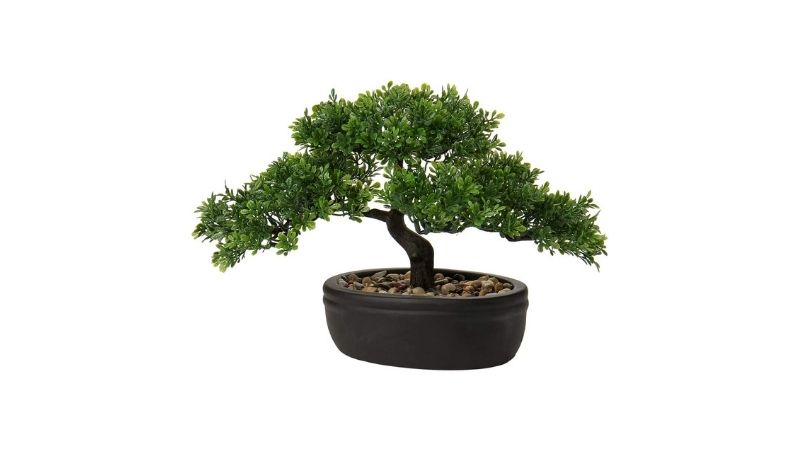
Podocarpus bonsai tree
All the joy without the work
If you love how bonsai looks but don't have the time or patience to grow your own, this artificial tree is a great alternative. It can be kept in or outdoors and comes in a small pot. It's based on the Japanese cedar tree bonsai, so looks really good and makes the perfect decoration for any living space.
Tend to tiny trees
Growing and tending to bonsai trees is an enriching process. There are bonsai trees suitable for all types of climate, so wherever you are, you can grow and look after one. We love the Grow your own bonsai kit because there are four varieties of bonsai in the kit. It also comes with everything you need to get growing your bonsai, from clippers to pots and soil.
The Bonsai2U Chinese Elm is another top pick. It comes in a beautiful ceramic pot and is already 10cm, so you can start tending to it straight away. The trees are also inspected before they leave the nursery, so you know you'll be getting a quality product.
Why trust us?
At GardeningETC, we recommend the best products to enhance your life. As expert curators, we handpick products based on quality and usefulness to positively impact your day-to-day, from cart to doorstep. We take our responsibility seriously — testing products, reading reviews, and sourcing knowledgeable outlets to ensure our selections are worthy of your time and money.
We deliver detailed product overviews, balancing objective information with subjective opinions, so making the best choice for your home and lifestyle is as easy as possible.
